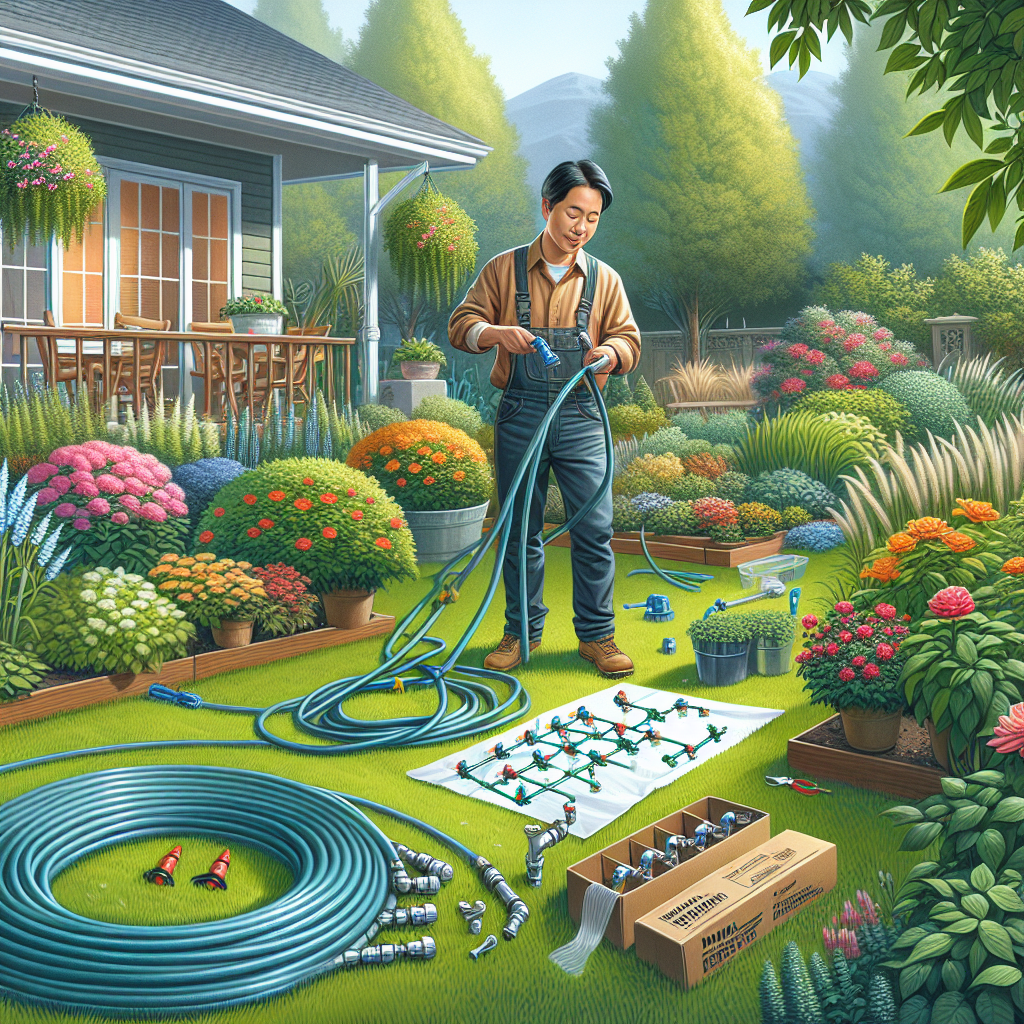Gardening is a beloved pastime for many, offering a sense of peace, accomplishment, and connection to nature. Whether you have a small balcony garden or a sprawling backyard oasis, the key to successful gardening lies in providing your plants with the right amount of water. Traditional watering methods such as hose watering or sprinklers can be inefficient and wasteful, leading many home gardeners to make the switch to slow drip irrigation systems.
Slow drip irrigation is a method of watering in which water is delivered directly to the roots of plants through a system of hoses or tubes with small holes. This allows for precise and efficient watering, ensuring that each plant receives the right amount of moisture without waste. In this article, we will explore the benefits of slow drip irrigation and hear from home gardeners who have made the switch.
One of the main advantages of slow drip irrigation is its water efficiency. Unlike traditional watering methods that can result in water runoff and evaporation, slow drip systems deliver water directly to the root zone where it is needed most. This not only conserves water but also helps prevent overwatering, which can lead to root rot and other plant diseases.
Another benefit of slow drip irrigation is its ability to promote healthier plant growth. By providing a consistent supply of water at a slow rate, plants are able to absorb nutrients more effectively and develop strong root systems. This results in stronger, more resilient plants that are better equipped to withstand environmental stressors such as drought or extreme temperatures.
In addition to conserving water and promoting plant health, slow drip irrigation can also save time and labor for home gardeners. Once installed, slow drip systems require minimal maintenance and can be easily automated with timers or sensors. This allows gardeners to spend less time watering by hand and more time enjoying their gardens.
To better understand the benefits of slow drip irrigation, we spoke with several home gardeners who have made the switch from traditional watering methods. Emily, a homeowner in California, shared her experience with installing a slow drip system in her vegetable garden.
“I used to spend hours each week hand-watering my vegetable garden with a hose,” Emily said. “Not only was it time-consuming, but I always felt like I was either under or overwatering my plants. Since switching to a slow drip system, I’ve noticed a significant improvement in my plant’s growth and productivity.”
Emily went on to explain how her plants were healthier overall and required less frequent watering thanks to the efficiency of the slow drip system. She also mentioned that she has seen a decrease in pests and diseases since making the switch.
Similarly, John, another home gardener in Florida, shared his positive experience with installing a slow drip system in his flower beds.
“I used to rely on sprinklers to water my flowers,” John said. “But I always found that they were either drowning some plants while leaving others thirsty. Since transitioning to a slow drip system, I’ve noticed more consistent blooming and healthier-looking flowers.”
John also mentioned how easy it was to set up his own DIY slow drip system using basic materials from his local hardware store. He emphasized that while there was an initial investment upfront, he has already seen savings on his water bill over time.
In conclusion,out after speaking with these home gardeners who have made the switch to slow drip irrigation systems,it’s clear that this method offers numerous benefits for both plants and homeowners alike.Some advantages include ,water efficiency,promoting healthier plant growth,minimal maintenance requirement,saving time,and saving money over time .If you’re interested in maximizing your gardening efforts while reducing waste consider making the switch today!













